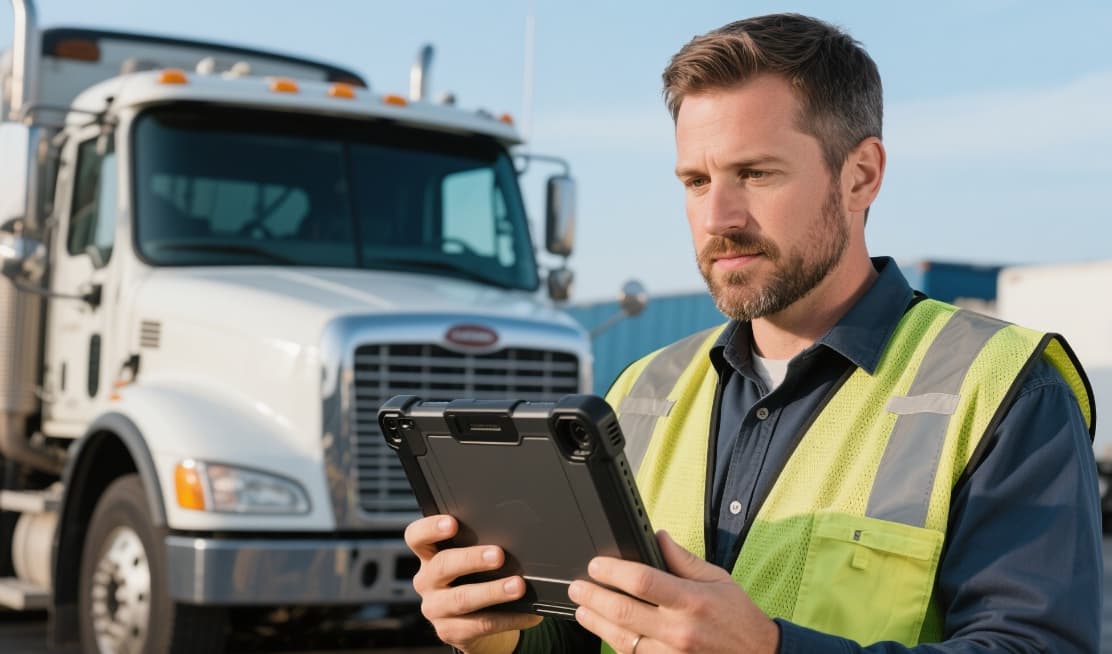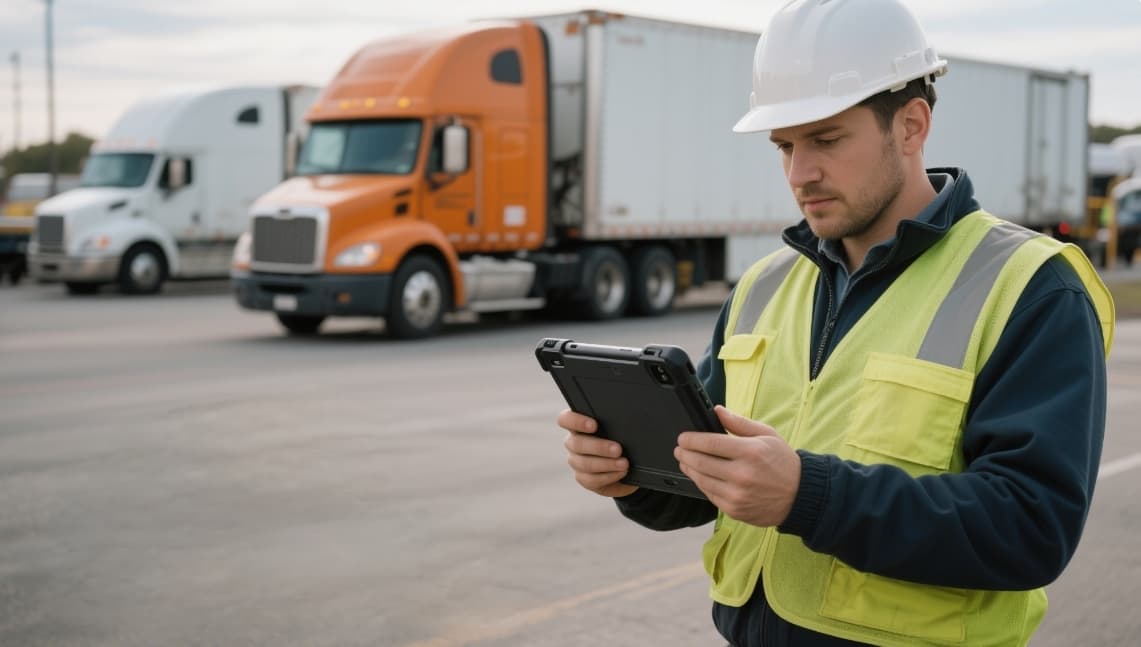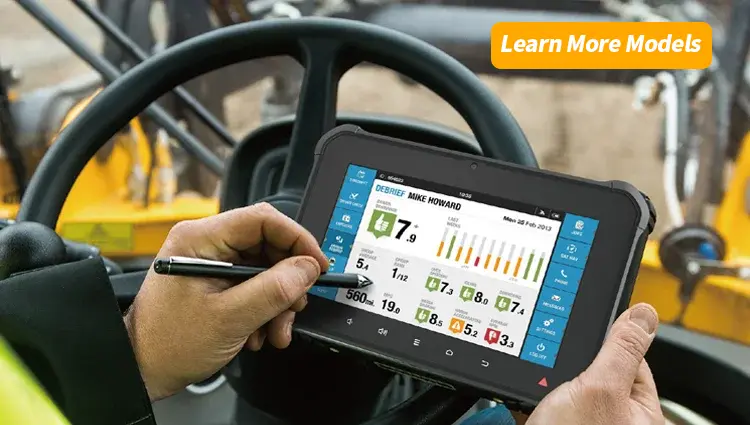Unlocking Efficiency: 7 Key Reasons Why Mobile Data Terminals Are Revolutionizing Fleet and Field Operations
In today’s fast-moving logistics and transportation landscape, real-time connectivity and operational efficiency are no longer optional—they’re critical. Whether managing public transportation fleets, logistics trucks, emergency vehicles, or field service teams, Mobile Data Terminals (MDTs) have emerged as indispensable tools.
These rugged, intelligent devices serve as the digital nerve center of vehicle and field operations, streamlining communication, navigation, dispatch, data capture, and reporting—all in real time. But what exactly is a mobile data terminal, and why is it becoming the backbone of modern fleet and field operations?
This blog dives into the benefits, applications, and frequently asked questions surrounding MDTs, revealing how they boost performance, reduce costs, and elevate customer satisfaction. If you’re a business leader in logistics, public safety, or field service, this article is your practical guide to choosing and deploying the right MDT solution.

What Is a Mobile Data Terminal (MDT)?
A Mobile Data Terminal is a rugged computing device mounted inside a vehicle or carried by personnel to enable real-time data exchange between field staff and central command. These devices typically include:
- A daylight-readable touch screen
- Wireless communication modules (Wi-Fi, 4G, GPS, Bluetooth)
- Input/output ports for peripherals
- Rugged construction for harsh environments
- Operating systems like Android, Windows, or Linux
They are widely used in industries like transportation, logistics, public safety, mining, utilities, and field services.
1. Why Are Mobile Data Terminals Essential in 2025?
Speed and accuracy are game changers. MDTs ensure real-time data sharing, eliminate paperwork, and enable faster decision-making.
🚛 In logistics, 74% of companies that adopted MDTs reported a 15–30% improvement in delivery accuracy (source: Statista, 2024).
👮 In public safety, MDTs reduced emergency response time by up to 25%, thanks to faster dispatch and GPS guidance.
Here are must-have features to consider:
2. Key Features That Make MDTs Powerful
- Rugged Design: MIL-STD-810G and IP65+ certified for vibration, dust, water, and temperature resistance.
- Real-Time Communication: Integrated 4G LTE, dual-band Wi-Fi, and GPS enable uninterrupted connectivity.
- Customizable I/O Ports: RS232, CAN Bus, USB, and GPIO ports for scanners, cameras, and vehicle diagnostics.
- Security Features: Device lock, remote wipe, and MDM (Mobile Device Management) support.
- Battery Backup: Some offer hot-swappable batteries, critical for uninterrupted field use.
3. Common Applications of Mobile Data Terminals
MDTs are not limited to a single industry. Their flexibility and durability allow them to shine in diverse sectors:
- Fleet Management: GPS tracking, route optimization, fuel monitoring
- Public Transit: Fare collection, schedule updates, real-time announcements
- Police & EMS Vehicles: CAD integration, incident reporting, license plate recognition
- Field Services: Job assignment, customer signatures, diagnostics upload
- Construction & Mining: Asset tracking, machine interface, field safety compliance

4. Frequently Asked Questions (FAQs)
Q1: Can MDTs integrate with my existing fleet management software?
Absolutely. Most MDTs support API integration and come with SDKs for smooth compatibility with platforms like Samsara, Geotab, or proprietary WMS/ERP systems.
Q2: Are MDTs only for vehicles?
While primarily used in-vehicle, many MDTs are detachable or handheld, making them ideal for on-foot inspections or mobile operations.
Q3: How secure are mobile data terminals?
Modern MDTs include secure boot, encryption, user authentication, and remote management options to ensure enterprise-level data protection.
Q4: Do MDTs require constant internet access?
Not necessarily. Many support offline data caching, allowing field workers to continue operations and sync later when a network is available.
Q5: What is the lifespan of an MDT?
A quality MDT typically lasts 5–7 years, outperforming consumer tablets in durability, support, and total cost of ownership.

5. How to Choose the Right MDT for Your Business
Here’s a quick checklist to guide your purchase:
✅ Use Case Analysis: Identify whether it’s for delivery, dispatch, diagnostics, or data collection.
✅ Environmental Fit: Will it be exposed to dust, vibration, or extreme weather? Choose appropriate rugged specs.
✅ Operating System: Android offers flexibility and cost-effectiveness; Windows ensures enterprise software compatibility.
✅ Connectivity Needs: Consider SIM card slots, GPS antennas, and Bluetooth support.
✅ Support & Service: Look for vendors that provide firmware updates, repair services, and long-term technical support.
6. Real-World Impact: A Quick Case Study
A global courier company replaced their outdated consumer-grade tablets with Android-based MDTs featuring vehicle diagnostics integration and 4G LTE. The results?
- Delivery delays reduced by 40%
- Fuel efficiency improved by 12%
- Customer complaints dropped by 27%
This highlights the transformational power of choosing the right mobile data terminal solution.
Conclusion
Mobile Data Terminals are no longer optional for companies seeking efficiency, safety, and real-time data insight. By replacing manual processes and outdated hardware with MDTs, businesses gain a competitive edge through smarter, faster, and more connected operations.
Whether you’re overseeing a national fleet or managing field service teams, now is the time to invest in a robust, future-ready mobile data terminal system.
Ready to optimize your fleet operations and workforce productivity? The right MDT could be the smartest business move you make this year.








